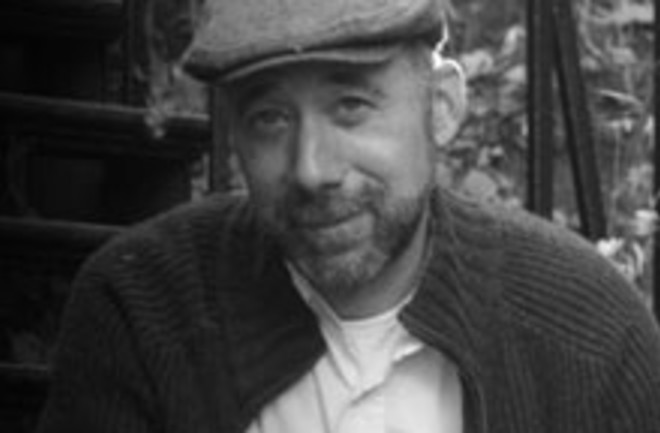So the Bloggingheads.tv dialog between Eliezer Yudkowsky and myself is now online. I haven’t watched it (too weird) but I am told it was a steel cage death match of discussion, an octagon of oratory, and a smack-down of debate. Ok, ok—it was none of those things. Still, it was great fun, and I really enjoyed participating, and learned a great deal. It’s possible that we might do it again. There were so many topics left on the table. One point we raised that I think could use more discussion is the persistent metaphor of the Map and Terrain. It came it up during our dialog, and Eliezer has made use of the image in some of his writings. Remarkably, and for entirely different reasons, I employed the same image in my book. Not surprisingly, we have very different ideas of what composes the Map, the Terrain, and their proper relationship. The idea we share is that the terrain is reality—what is out there. What we don’t share are assumptions about what we can assume about that reality, what kind of access we have to it, and what one should include in it. My first reason for thinking about the map and the terrain with a more expanded sensibility is the activity of science itself. The coolest thing about science is that, in its essence, it’s an open exploration—an honest appraisal of what we know and what we do not know. If you have already assumed the terrain has a certain form, then there's a good chance you will blind yourself to what you did not expect. I am suspicious of any attempt to box up the fruit of scientific exploration with preconceived ideas of reductionism or anything else. Nature is invariably more creative than we are. My second reason for taking a different tack on the map and the terrain is that I take the questions quantum mechanics raises seriously. It’s been 100 years since the invention of this remarkable, and powerful, theory of the microworld, and we still do not have a common interpretation for its ontology. We don’t know what it tells us about what is, actually, out there. There remain a variety of ways of interpreting the foundational equations (the wave function, etc.) and they range from the semi-mundane (GRW) to the wacky-sounding (many-worlds) to the very wacky-sounding (John Wheeler's "It from Bit"). As an example, tomorrow Christopher Fuchs will be speaking here at the University of Rochester, advocating a “Bayesian” view. In this perspective, quantum mechanics tells us just as much about what we can know about the world as what actually exists independent of us. In light of all these interpretations, making grand a priori assumptions about the nature of the terrain seems more than unwarranted—it seems like an act of faith. The world is out there kicking back for sure, but what kind of access we get to it remains an issue of contentious debate. Finally, I believe we are worth including in the terrain. I like the idea of a fully objective, fully accessible reality as much as the next guy, and as a practicing scientist I strive towards articulating its shape every day in my research. The truth is, I have never had a direct experience of it, and most likely never will. I am trapped behind these two eyes. I am trapped with a perspective, trapped in time with all the joy and sorrow that entails. I don’t have a God’s eye view of Space and Time, and neither does anyone else. We can believe, for example, in a platonic realm of pure mathematical form and beauty, but we don’t experience it directly. We only argue philosophically over its existence. That is why human experience is worth including in the terrain. Thinking broadly, I take seriously our response to the world as it is revealed by scientific practice, poetry, art, music, and finally by the domains of experience embracing the sense of what we have always called sacred. For me, these are all part of our terrain. The world will always surprise us with its ceaseless creativity, and it seems like a bad idea to limit it, or us. The terrain always gets the last word, and it can only be known by exploration.
Adam Frank is a professor of astrophysics at the University of Rochester who studies star formation and stellar death using supercomputers. His new book, “The Constant Fire, Beyond the Science vs. Religion Debate,” has just been published. He will be joining Reality Base to post an ongoing discussion of science and religion—you can read his previous posts here, and find more of his thoughts on science and the human prospect at the Constant Fire blog.

